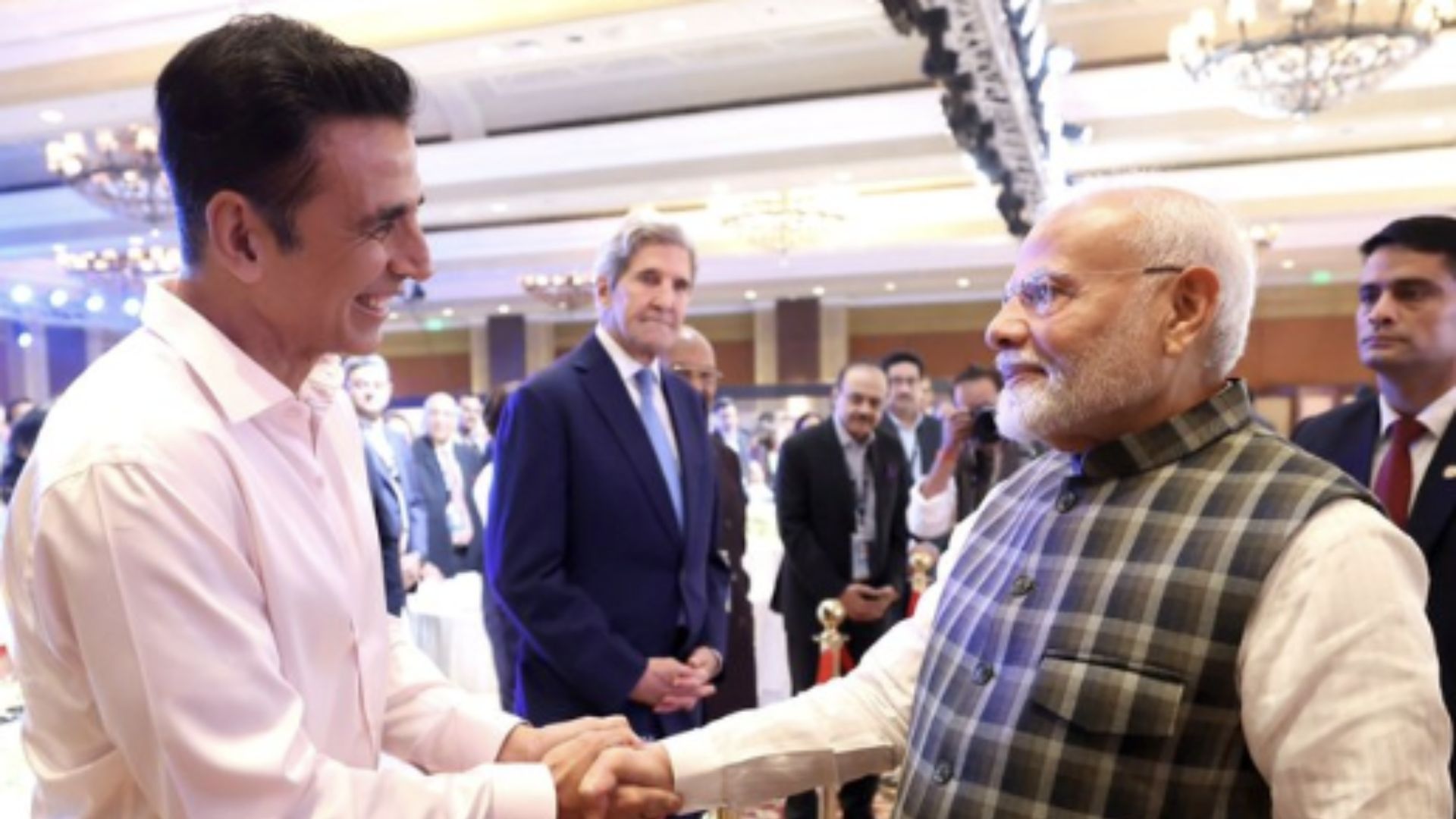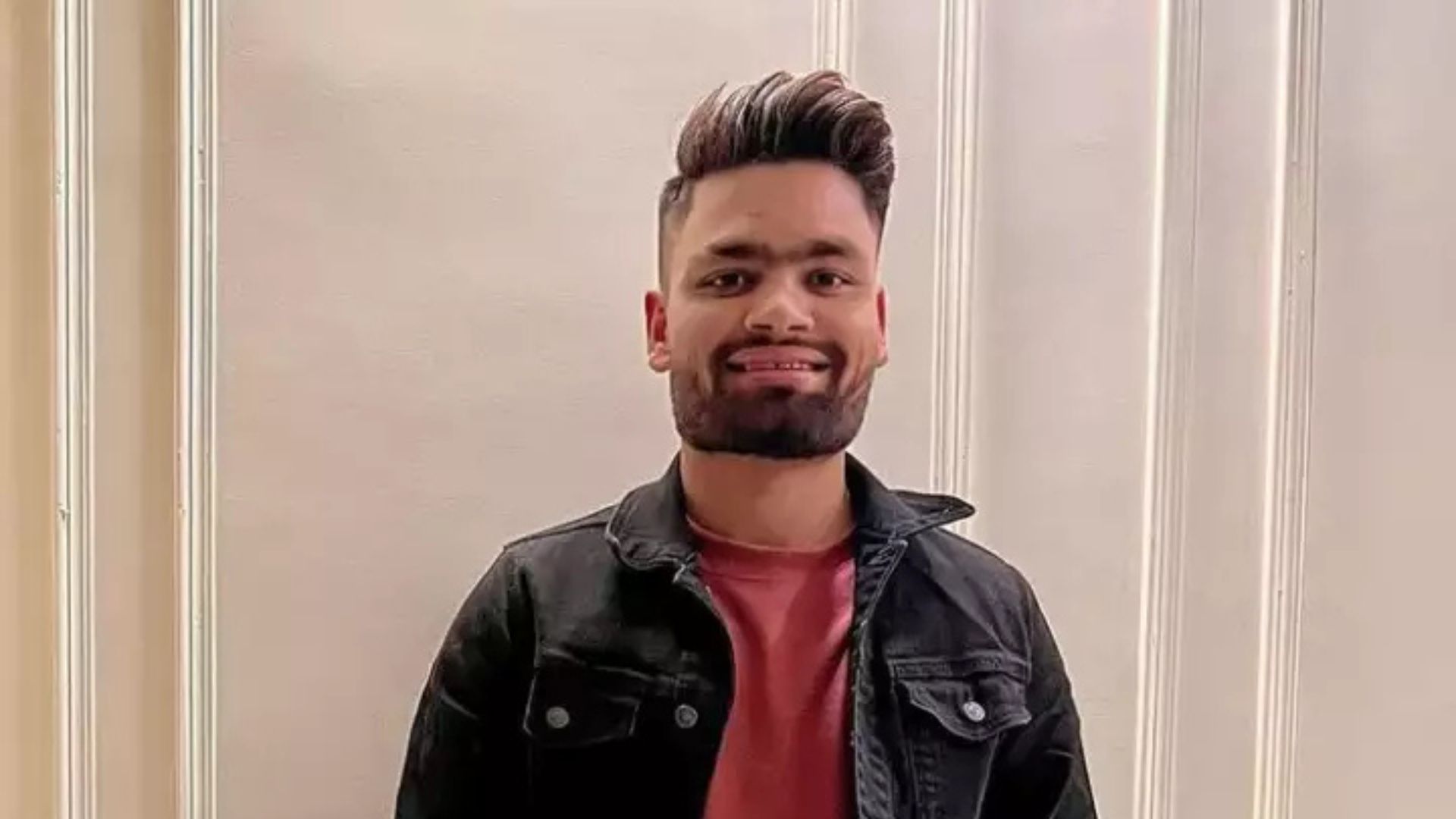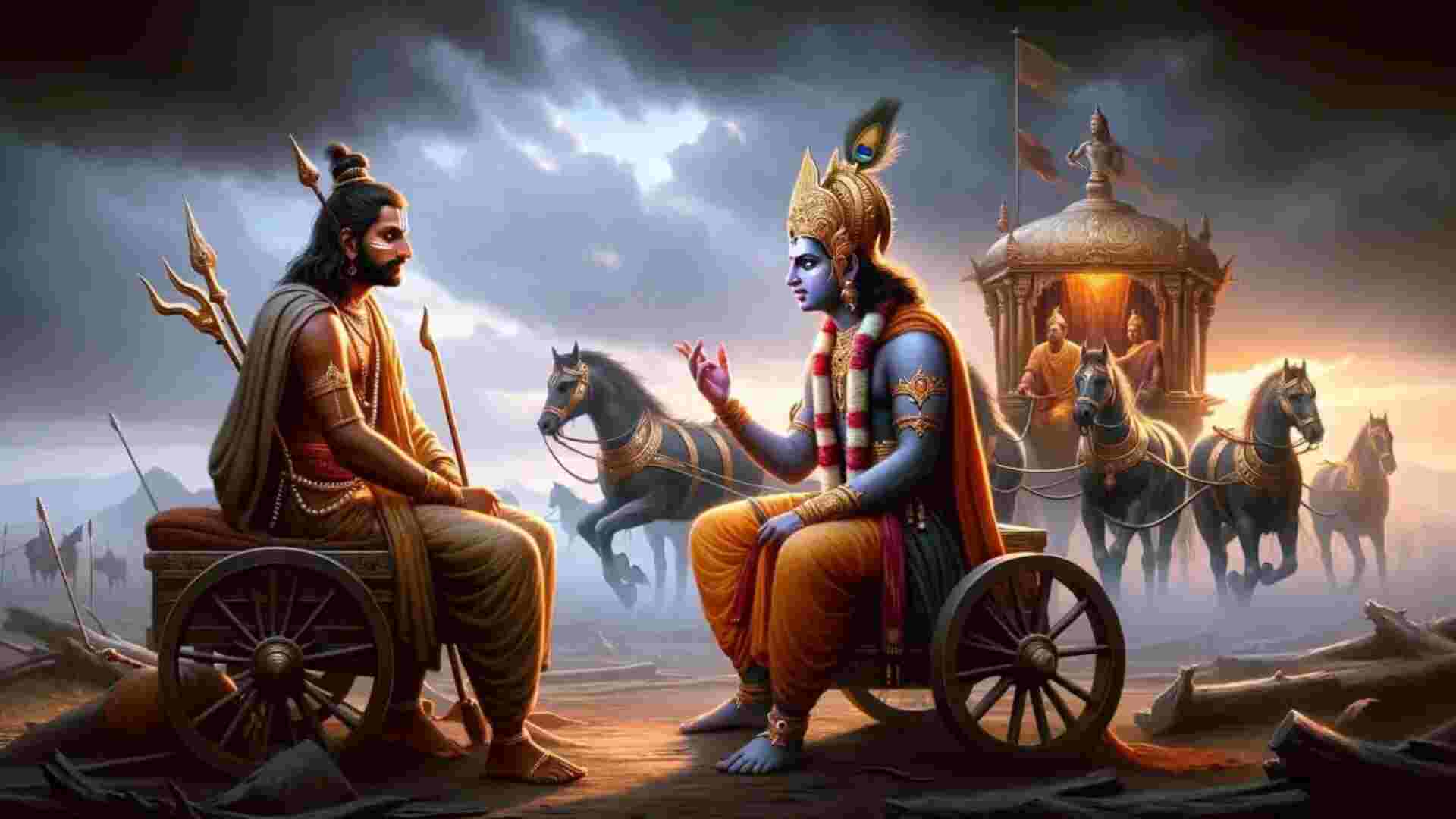
Sant Ravidas (1450-1520) was a great spiritual leader, social reformer, and poet of the Bhakti movement who fought against caste and gender-based discrimination and worked for the upliftment of the downtrodden. He is fondly revered by the Ravidasi community in Punjab Haryana, Delhi, UP, Rajasthan, MP, Gujarat, and Maharashtra. Though born in an untouchable family (leather makers), on account of his spiritual teachings and visits to several religious places, he earned huge respect even among the non-Dalit population. Several of his devotional verses have been included in the Adi Guru Granth Saheb. He is believed to have met the founder of the Sikh religion, Guru Nanak Saheb, and is respected by millions of Sikhs. Every year, his birthday is celebrated in several states most by the people of the lower castes through bhajan, kirtan, aarati and langar. Compared to the Gurpurab (birthday of Guru Nanak) and Prakash Parv ( birthday of Guru Gobind Singh) it’s a low-key affair. The Governments at the Centre and in states don’t get too excited about it and the leading TV channels bursting with breaking news and the print media carrying screaming headlines on the front page from the speeches of the high and the mighty pay scanty attention. But not this year.
Normally, the milk of human kindness flows out when we are moved beyond words by what we see or hear.It is a natural reaction triggered off by our emotions and sentiments. There is nothing artificial or fake about it. It brings us near to each other as human beings. It’s part of compassion. According to HH the Dalai Lama, the world can’t survive without compassion.
But this year, Sant Ravidas’s anniversary on 16th February has witnessed a virtual downpour of tributes and expression of reverence as never before. State governments were vying with each other and trying to outdo each other in demonstrating their respect and admiration for the saint who lived more than 500 years ago. Many national dailies, on his anniversary, carried paid advertisements carrying catchy tag lines. While the advertisement of the Haryana government called hi Sant Shiromani, Kejriwal’s advertisement hailed Sant Ravidas as “Sant Parampara ke Mahan Yogi Aur Param Gyani!” Punjab CM, Channi flew to Govardhan in Varanasi to pay his tributes to the Iconic Saint. Congress leader Rahul Gandhi and his sister Priyanka paid their obeisance and served langar at Goverdhan.
PM Narendra Modi not only visited Shri Guru Ravidas Vishram Dham in Karol Bagh but enthusiastically participated in Bhajan kirtan; he sat down with the devotees and was seen playing Jkeeka in tune with gusto. In his election rallies, he claimed, “We have imbibed the spirit of Guru Ravidas Ji in every step and every scheme of our government.” He was instrumental in the construction of a big complex at Ravi Das’s birthplace at Govardhan.
Other leaders including the Home Minister Shah too made it a point to pay fulsome tributes to the Dalit saint. Expectedly, political leaders uploaded pictures and videos of their participation on social media. For a day, the Dalit community might have been overwhelmed by this sudden outpouring of adulation and admiration for Sant Ravidas.
By supporting heightened hero-worshipping of Ravidas, who espoused Bhakti, the Sangh Parivar might be hoping to draw a large swath of Dalits away from the stridency of Aambedkarites and discourage conversions.
But none seem to ask a simple question: why do the social evils that Sant Ravidas fought against are still continuing? 75 years after independence, in thousands of villages in India, the untouchability is still practiced though it was abolished decades back. Besides the practice of untouchability, Haryana might take the credit for the honour killing and diktas of the Khap Panchayat which award brutal punishment if a low caste man commits the sin of falling in love with a high caste girl. How come, in this age of time, in India, which aspires to be a leading global power, in Haryana, every year there are instances of Dalit bridegrooms being prevented from riding a horse or an elephant in their wedding procession?
Gang Rapes of Dalit girls reminiscent of the horrific Nirabhaya case do take place in UP; the Hathras gang rape case in which the mother of the victim of the rape was prevented from seeing the face of her daughter before her hurried creation past midnight wasn’t a figment of imagination. The film Article 15 graphically and evocatively flagged the heinous crime of rapes that are committed so brazenly and how they are often suppressed with the collusion of the police and the administration, political masters, and the rich and influential rural Bahubalis.
Had the birth anniversary of Sant Ravidas not fallen during the elections in five states, would it have attracted so much hype and attention? Aren’t extensive photo ops splashed on social media by various parties’ desperate attempts at convincing the Dalit communities how much they cared for them? This phenomenon underlines the significance of the votes of the Dalit community on account of their numerical strength, especially in closely contested elections.
But isn’t naïve to assume that Dalit voters are swayed by such superfluous tokenism which evaporates at the end of the voting date? The same leaders who so fervently try to woo them during the elections seldom visit them again and most of their basic problems remain unresolved.
Does the manifesto of any political party lay down a time-bound action plan to put an end to untouchability? Does it commit to bringing down drastically the attacks against the Dalit community which, for the last few years, according to the NCBR, stood at around 47000 per annum? When every 15 minutes, a woman is raped, how much more needs to be done in the campaign, “beti bachao, beti padhao?”
The vast majority of the MNREGA beneficiaries are Dalits. This doesn’t accord them a dignified life but helps them stay alive. The midday meal is the only meal millions of Dalit children get to eat every day. These schemes ought to be improved, revitalized, and expanded plugging financial leakages but not diluted. Providing dignified gainful employment is the long-term answer.
Many Civil societies tirelessly work to help and empower the Dalit Communities; they should be encouraged; every one of them isn’t an enemy of the state.
Fulfilling Gandhi’s dream of wiping off tears from the cheeks of the poor and Sant Ravidas’s dream of putting an end to untouchability and providing dignity, respect, protection to Dalit Communities is a serious business; it can’t be achieved by occasional tokenism!
Aren’t extensive photo ops splashed on social media by various parties’ desperate attempts at convincing the Dalit communities how much they cared for them? This phenomenon underlines the significance of the votes of the Dalit community on account of their numerical strength, especially in closely contested elections. But isn’t naïve to assume that Dalit voters are swayed by such superfluous tokenism which evaporates at the end of the voting date?
The same leaders who so fervently try to woo them during the elections seldom visit them again and most of their basic problems remain unresolved. Does the manifesto of any political party lay down a time-bound action plan to put an end to untouchability?













